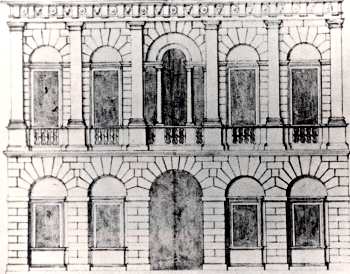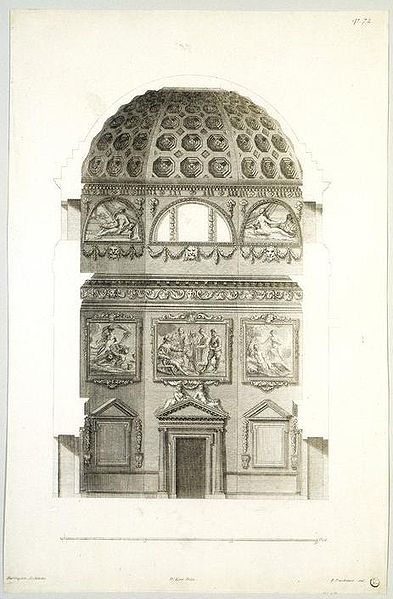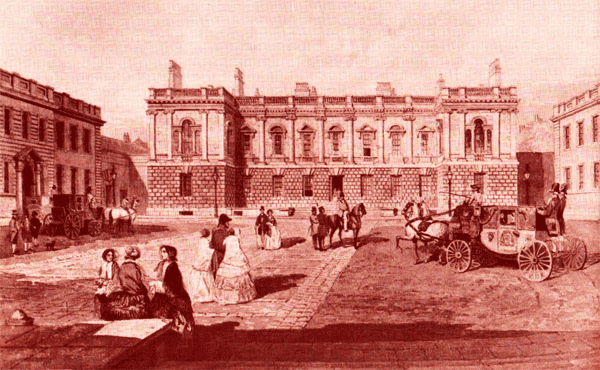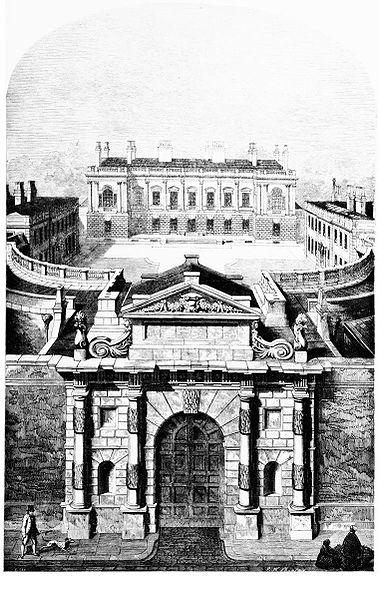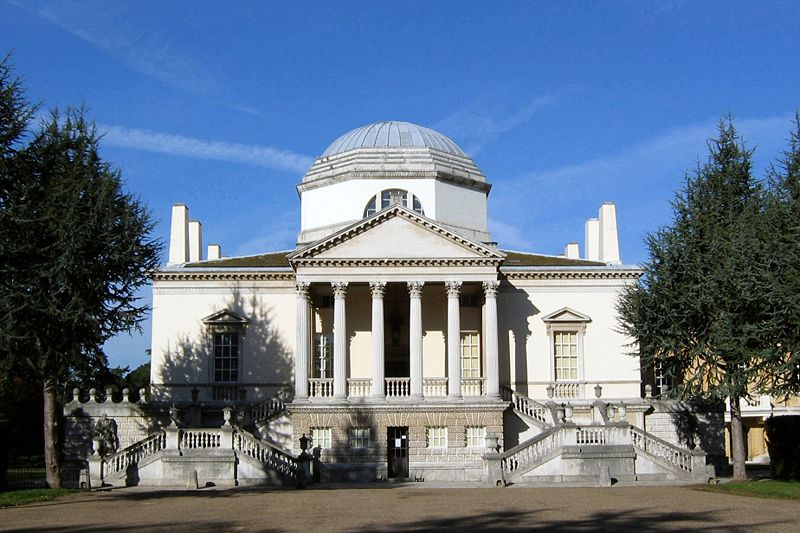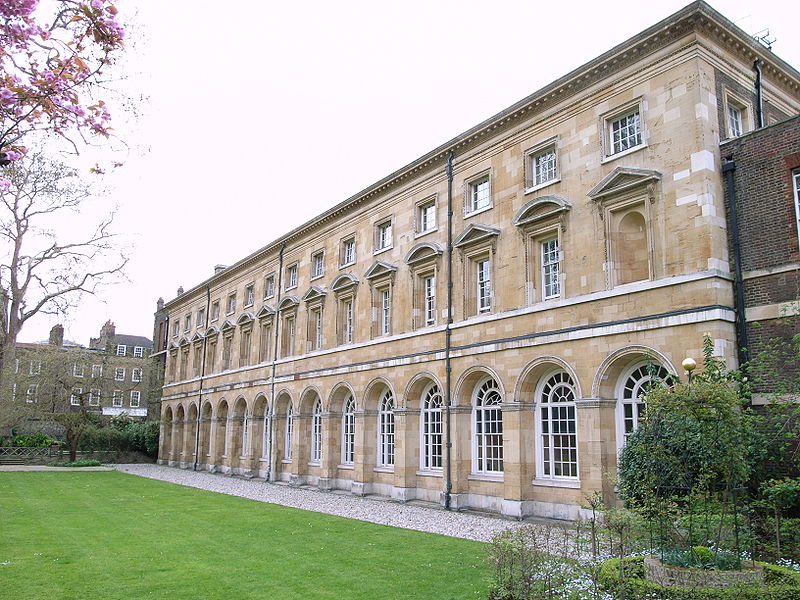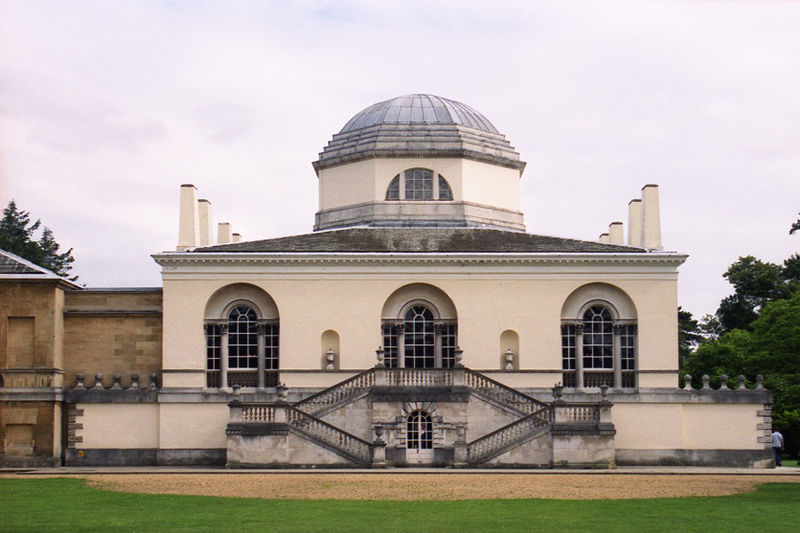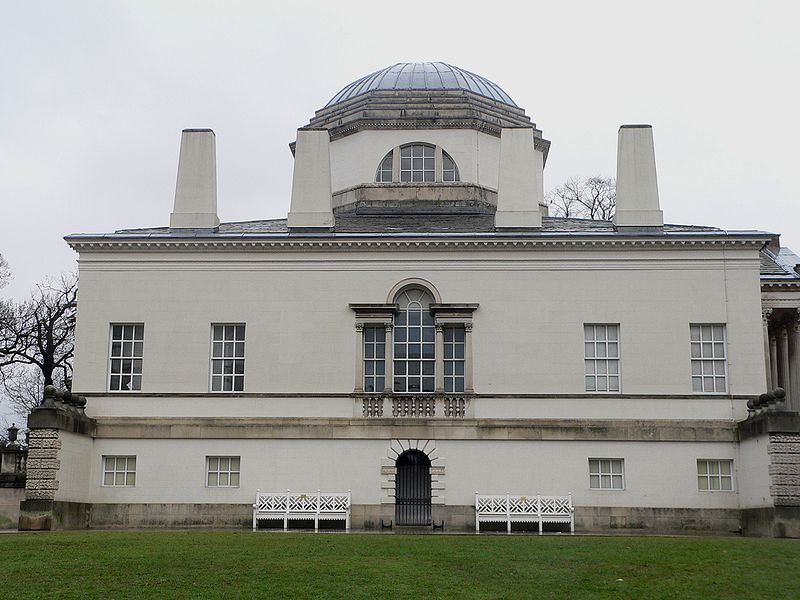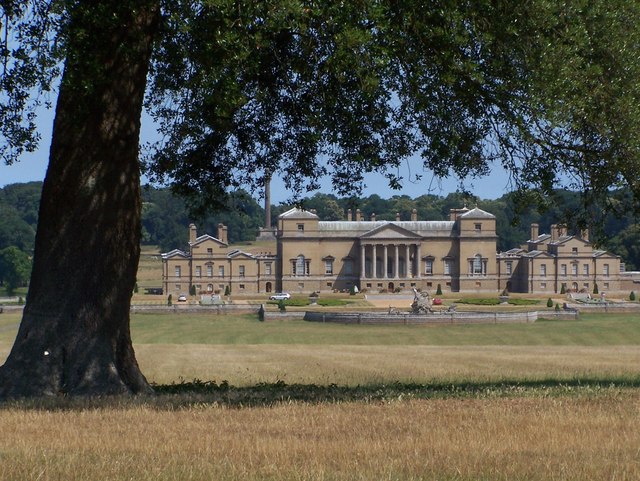<Back to Index>
- Physicist Wolfgang Ernst Pauli, 1900
- Architect Richard Boyle, 3rd Earl of Burlington, 1694
- King of France Louis IX, 1214
PAGE SPONSOR
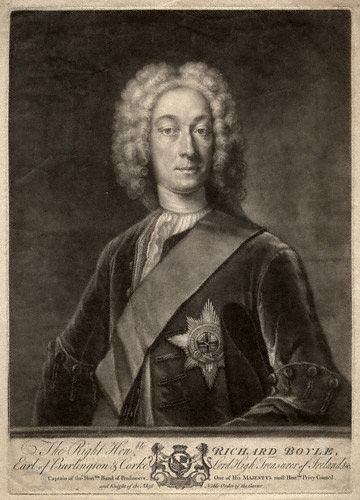
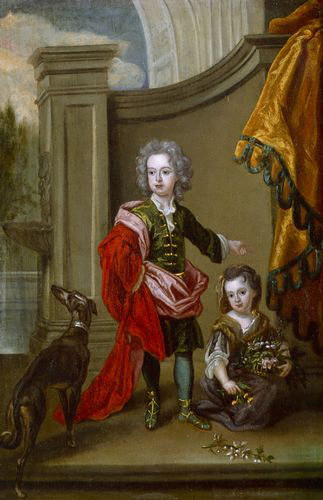
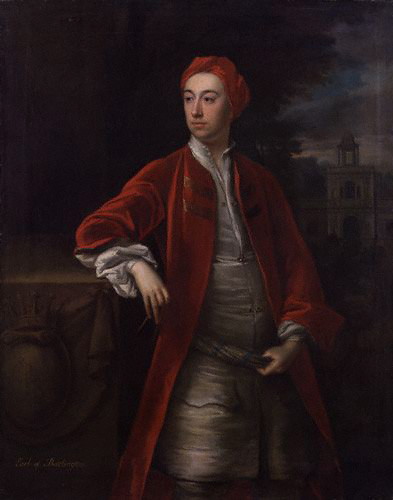
Richard Boyle, 3rd Earl of Burlington and 4th Earl of Cork, 5th Baron Clifford PC (25 April 1694 – 15 December 1753), born in Yorkshire, England, was the son of Charles Boyle, 2nd Earl of Burlington and 3rd Earl of Cork. Burlington was called 'the Apollo of the Arts' and never took more than a passing interest in politics despite his position as a Privy councillor and a member of the House of Lords.
Lord Burlington, also known as "the architect Earl", was instrumental in the revival of Palladian architecture. He succeeded to the title and extensive estates in Yorkshire and Ireland at the age of ten. He showed an early love of music. Georg Frideric Handel dedicated two operas to him, while staying at Burlington House: Teseo and Amadigi di Gaula. Three foreign Grand Tours 1714 – 1719 and a further trip to Paris in 1726 gave him opportunities to develop his taste. His professional skill as an architect (always supported by a mason - contractor) was extraordinary in an English aristocrat. He carried his copy of Andrea Palladio's book I Quattro Libri dell' Architettura with him in touring the Veneto in 1719, and made copious notes in the margins. In 1719 he was one of main subscribers in the Royal Academy of Music (1719), a corporation that produced baroque opera on stage.
Burlington never closely inspected Roman ruins or made detailed drawings on the sites; he relied on Palladio and Scamozzi as his interpreters of the classic tradition. Another source of his inspiration were drawings he collected, some drawings of Palladio himself, which had belonged to Inigo Jones and many more of Inigo Jones' pupil John Webb, which Kent published in 1727 as Some Designs of Mr Inigo Jones... with Some Additional Designs that were by Kent and Burlington. The important role of Jones' pupil Webb in transmitting the palladian — neo-palladian heritage was not understood until the 20th century. Burlington's Palladio drawings include many reconstructions after Vitruvius of Roman buildings, which Burlington planned to publish. In the meantime, in 1723 he adapted the palazzo facade in the illustration for the London house of General Wade in Old Burlington Street, which was engraved for Vitruvius Britannicus iii (1725). The process put a previously unknown Palladio design into circulation.
Burlington's first project, appropriately, was his own London residence, Burlington House, where he dismissed his baroque architect James Gibbs when he returned from the continent in 1719 and employed the Scottish architect Colen Campbell, with the history painter turned designer William Kent for the interiors. The courtyard front of Burlington House, prominently sited in Piccadilly, was the first major executed statement of neo-Palladianism. In the 1720s Burlington and Campbell parted, and Burlington was assisted in his projects by the young Henry Flitcroft,
"Burlington Harry" — who developed into a major architect of the second
neopalladian generation — and Daniel Garrett — a straightforward
palladian architect of the second rank — and some draughtsmen. By
the early 1730s Palladian style had triumphed as the generally accepted
manner for a British country house or public building. For the rest of
his life Burlington was "the Apollo of the arts" as Horace Walpole phrased it — and Kent his 'proper priest." In 1739, Burlington was involved in the founding of a new charitable organisation called the Foundling Hospital. Burlington was a governor of the charity, but did not formally take part in planning the construction of this large Bloomsbury children's home completed in 1742. Architect for the building was a Theodore Jacobsen, who took on the commission as an act of charity. Many
of Burlington's projects have suffered, from rebuilding or additions,
from fire, from losses due to urban sprawl. In many cases his ideas were informal: at Holkham Hall the architect Matthew Brettingham recalled that "the general ideas were first struck out by the Earls of Burlington and Leicester, assisted by Mr. William Kent."
Brettingham's engraved publication of Holkham credited Burlington
specifically with ceilings for the portico and the north dressing-room. Burlington's architectural drawings, inherited by his son-in-law the Duke of Devonshire are preserved at Chatsworth, and enable attributions that would not otherwise be possible. Richard married Dorothy Savile on 21 March 1720. Dorothy was natural daughter of William Savile, 2nd Marquess of Halifax and Mary Finch. They had two children: Lady Dorothy Boyle (14 May 1724 – 2 May 1742); Lady Charlotte Elizabeth Boyle (27 October 1731 – 8 December 1754).
